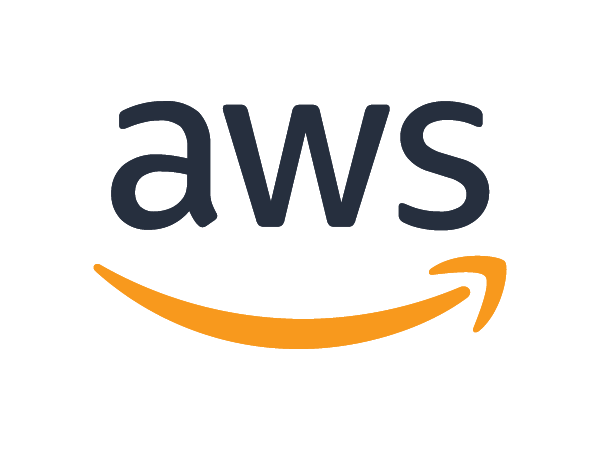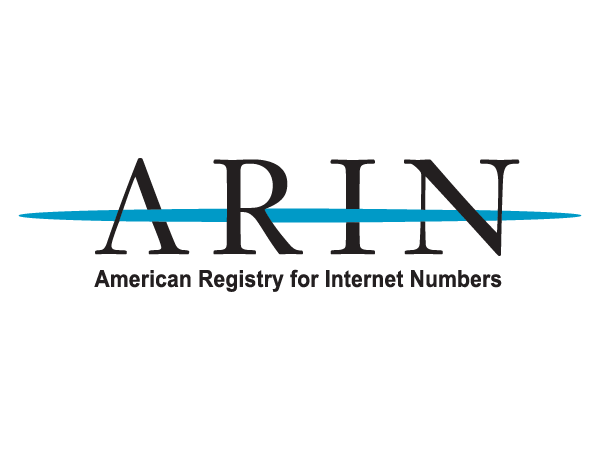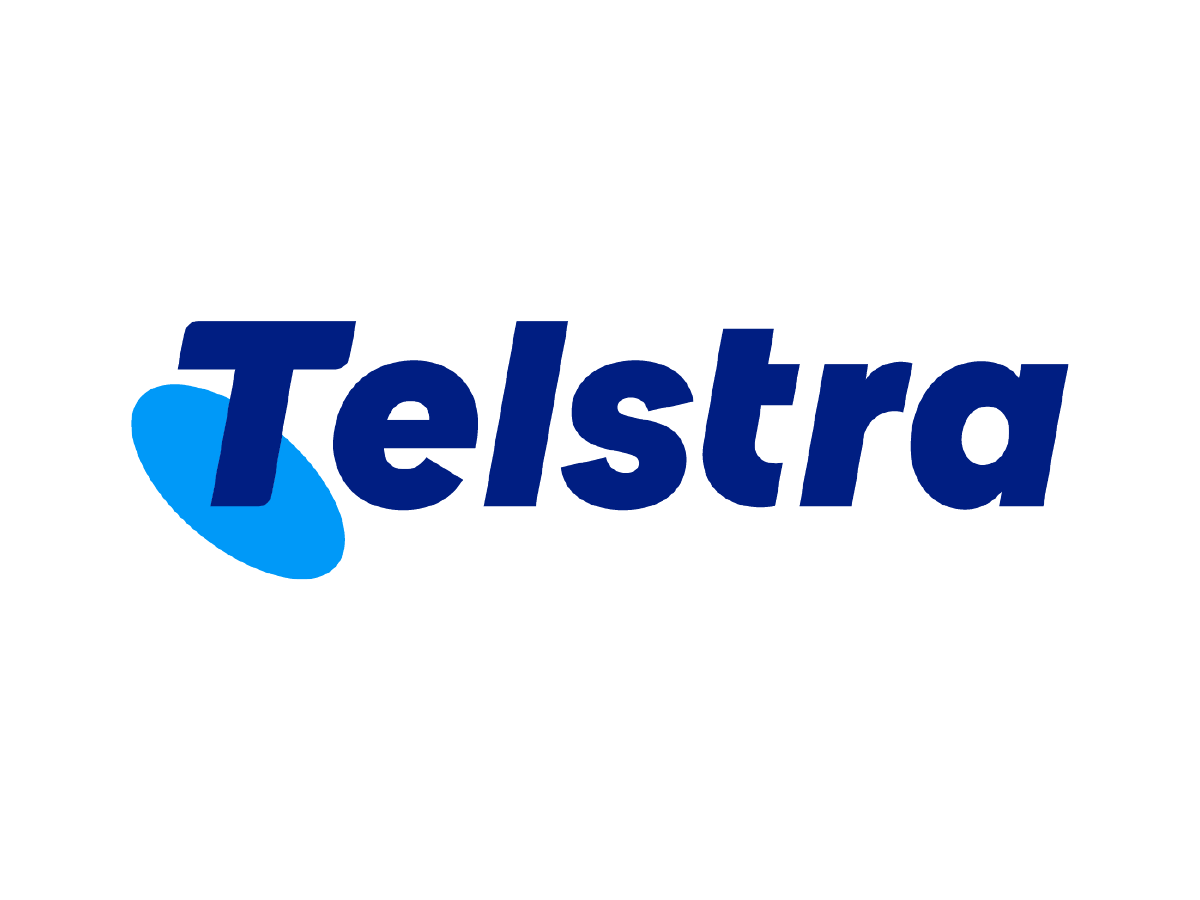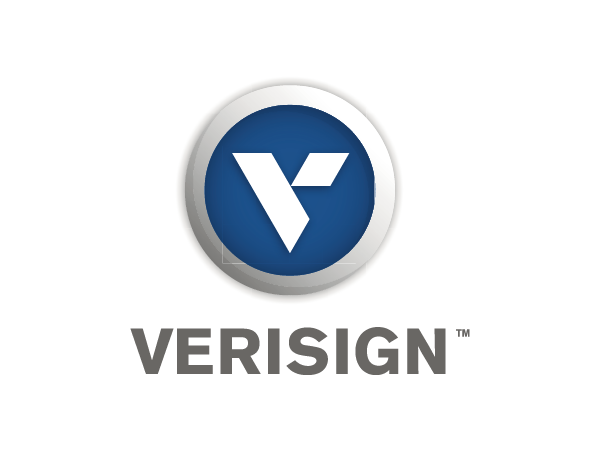NANOG 84 Agenda
Click on any talk title in the agenda to view the full abstract and speaker info.
Please note agenda is subject to change.
Sunday, February 13, 2022
| Topic/Presenter |
|---|
RecordingsFull AbstractTheme: Giving Back to Open Source The NANOG 84 Hackathon will focus on the theme of Giving Back to Open Source. During this Hackathon, we’ve invited the maintainers of several open source projects to propose fixes and features for those products that we’ll invite teams to work on. Project maintainers will provide problem statements and objectives, and work with teams collaboratively to help teams understand the respective code bases and help troubleshoot issues. One week before the hackathon (Friday, February 4th) we will hold the hackathon welcome, introduction, infrastructure tutorial, idea-pitching, and team-forming session over Zoom; this session will be recorded. Saturday, February 12th will be the start of the hackathon; this day is all virtual regardless of whether or not you are at the conference venue. Sunday will be a true hybrid day with people continuing to work virtually as well as dedicated facilities (workspace, wifi, etc) for those at the conference venue. The Hackathon starts with a brief welcome and introduction, tutorial, and team formation on Friday, February 4, at 4:00pm CST. Hacking begins at 1:00pm CST, Saturday, February 12. The hacking ends at 4:00pm CST, Sunday, February 13, when the team presentations will begin.The Hackathon will conclude around 5:00pm CST Sunday, February 13. We have dedicated Support/Help Hours on Saturday from 1:00pm - 4:00pm CST virtually via Zoom and again on Sunday from 12:00pm - 5:00pm CST in a hybrid format. |
|
|
Full Abstract*Hackathon Attendees Only |
Monday, February 14, 2022
| Topic/Presenter |
|---|
|
|
|
|
Full AbstractNew to NANOG ? Don’t miss our Newcomers Breakfast for an opportunity to network with fellow newcomers and learn more about NANOG - both the community and the organization. Topics to be covered include: |
NANOG 84 Conference Opening
Tina Morris - Amazon Web Services
Josh Snowhorn - Quantum Loophole
Full AbstractWelcome to NANOG 84! Join us as we officially kick-off three days of great programming and networking events. Speakers
|
Keynote: Do the wrong thing!
Radia Perlman
Full AbstractThis talk describes some technical decisions that the industry made that although clearly “wrong”, wound up causing technologies to be invented that are quite wonderful. Would the industry have thought to invent these if they hadn’t been painted into a corner by previous decisions? I will also use the opportunity to give an example of how, despite perfectly good cryptography and protocols, a typical user (err…me) can be tricked into giving a credit card to a scammer. And I will rant about how when presented with a shiny new buzzword, instead of asking “how can I use this thing?” you should instead start with “what problem am I solving, what are various ways of solving it, and which technical approach is the best?”. Speakers
|
New network! Now, let's secure it.
Adair Thaxton
Full AbstractDuring 2020-2021, Internet2 began the process of replacing all of our routers. For our security team, this was a great opportunity to build a new secure management network as our primary management path. VRFs and tunnels and firewalls, oh my... Speakers
|
Full AbstractNANOG knows the importance of networking! Some of the tables at lunch will have "Table Topics" for you to be able to meet up with other that wish to network around the same topic. Network Management |
Open Edge Network Telemetry Tools
Avi Freedman - Kentik
Full AbstractAs the diversity of networks and platforms that consume telemetry grows, there's an increasing need for an open set of tools to generate, replicate, enrich, copy, and transform network telemetry. This presentation covers a set of open agents and a telemetry processing bus called ktranslate, that can be used to provide a common platform for consuming and handling network telemetry. We'll cover both the tools themselves, and common deployment architectures and use cases for collecting from multiple types of network vantage point, and sending to multiple open and commercial platforms that make use of network telemetry. Speakers
|
Full AbstractSoftware defined networking has promised the ability for network operators to create networks driven by intelligent applications interacting with network devices with open standard interfaces. Most realize this lofty goal of SDN has not been realized since its origination 10+ years ago. However, in the last several years there has been renewed interest driven by both operators and vendors in advancing SDN and Intent Based Networking architectures and controllers. The key to enabling multi-vendor SDN control are standards regarding software components, how the data they contain is exposed, and how service intent is expressed in the network. In this session we will briefly cover the history of SDN controllers and then discuss the current work in the industry to increase adoption of open multi-vendor SDN solutions . |
|
|
Measuring RPKI ROV adoption with NetFlow
Doug Madory - Kentik
Job Snijders - Fastly
Full AbstractThe NIST RPKI Monitor reports that only 33% of BGP routes are presently signed in RPKI.[1] Based on that figure, one might conclude that we still have a long way to go before this basic routing security mechanism is providing broad positive impact. However not all routes are created equal. If we measure traffic volume by RPKI status, we find that more traffic is now sent to prefixes with ROAs than is sent to those without. Using NetFlow records annotated with the RPKI evaluations, we compare measures of RPKI progress by route count vs traffic volume to better understand how far we've come and where we need to go. Speakers
|
RPKI Policy w/o Route Refresh
Randy Bush
Full AbstractBad implementations of Route Origin Validation abound. One particularly egregious mis-implementation is using BGP Route Refresh. The effect is sufficiently damaging, that there is significant BGP de-peering as a result. This presentation analyses the cause of the mis-implementation, the result, and a small workaround. Speakers
|
One RPKI Deployment Journey
Tony Tauber - Comcast
Full AbstractDeploying RPKI Route Origin Validation can seem like a daunting task. Speakers
|
Full AbstractThe forum provides time for attendees to meet and network with others in the peering community present at NANOG. Peering Representatives, who completed and submitted the form will have a dedicated highboy table for up to 2 representatives. They will be able to distribute business cards, and provide a white paper or 1 sheet marketing page. Please note: any other type of giveaway is not allowed. Complete the form here: https://www.nanog.org/events/nanog-84/peering-forum/ |
Full AbstractTransportation: will be provided starting at 6:45 PM from the hotel lobby *NANOG Badge required for entry *Temperature Checks before entry |
Tuesday, February 15, 2022
| Topic/Presenter |
|---|
|
|
|
|
Full AbstractThe Members Meeting agenda and link to the webinar details are available for Members only. You MUST be signed in with your NANOG Profile account to view the Members Meeting Agenda page. Please bring (or share via email) any questions you would like to discuss at the meeting. Learn more here: https://www.nanog.org/events/nanog-84-members-meeting/ |
Full AbstractElectromagnetic (EM) energy, both naturally occurring and man-made, can have harmful effects on electronic equipment. This presentation discusses the impact of EM energy from Geomagnetic Disturbances (GMD), High-Altitude Electromagnetic Pulses (HEMP), and Intentional Electromagnetic Interference (IEMI). We address the effect this energy has on the power grid and touch on observed effects on IT equipment, including ethernet switches, routers and servers. Finally, shielding and hardening methods are identified which can provide protection against a variety of EM threats. |
Panel: Core Systems OSS Panel
John Kristoff - NETSCOUT / Dataplane.org
Alex Band
Ondrej Filip - CZ.NIC/NIX.CZ
Jeff Osborn - ISC
Full AbstractMany of the Internet's core systems and functions such as addressing, email delivery, naming, routing, and time synchronization is powered by or based on free and open source software (OSS). A few small organizations stand out among the Internet giants for the significant role they play. We talk to three representatives of this exclusive club to learn how they do what they do with relatively modest resources. We explore how they make development decisions, interact with users, compete or partner with for-profit entities and raise funds. There will be plenty of time for an audience Q&A. Featured Panelists: Alexander Band (NLnet Labs), Ondrej Filip (NIC.CZ), and Jeff Osborn (ISC.org). Speakers
|
Full AbstractThe business case for establishing a diverse workforce grows more compelling each year but hiring managers often face challenges when it comes to the diversity of their talent pools for technical roles. The aspect of hiring that most influences the makeup of your candidate pool is your job description. Many companies rely on old job descriptions and outdated wording for new postings. Without knowing it, their posting makes highly-qualified candidates feel excluded and discouraged from applying. This presentation (1) discusses the business case for why inclusive hiring matters; (2) defines the goal of an effective technical job description; (3) illustrates common problems with job descriptions and their impacts; (4) provides practical guidance and tools to improve technical job descriptions in your organization. |
|
|
FilesFull AbstractWould you like to participate in the WIT Networking Session virtually? Join us for the Zoom Session! Join Zoom Meeting Sponsors: |
Full AbstractIn this presentation we will discuss both theoretical and real-world examples of cybersecurity issues concerning space systems. There are many components and systems that may be targeted in a space system by adversaries including ground station systems, satellites and space vehicles. This presentation will step through attack trees for targeting space systems. Examples of real-world cybersecurity events involving space assets will be covered. Recommendations for improving the security of space systems will also be presented. |
Full AbstractIPv4 address shortages have been exacerbated by the fact that a significant fraction of the IPv4 address space has never been available for numbering hosts. Decisions from the early 1980s reserved several hundred million addresses for "future use" and other purposes, and those addresses are now going to waste. While reversing this is complicated, it would be extremely useful in light of the acute demand for IPv4 address space. We don't know exactly how much compatibility we can achieve over time, but we think it would be better to start now in order to have more options later (much as it would have been a good idea to go ahead with unreserving 240/4 when it was proposed about 14 years ago; it would be nice to have a 14-year head start on using those addresses today). The IPv4 Unicast Extensions Project is proposing software and standards changes to allow the option to eventually bring reserved addresses into use. Some of our changes have been accepted in systems including Linux and FreeBSD, and we've proposed four Internet-Drafts at IETF, one of which received quite a bit attention on NOG mailing lists. This talk will present our work and ideas about reclaiming address space, and respond to some concerns raised by the community in response to our proposals. Speakers
|
Update from ARIN
John Sweeting - ARIN
Full AbstractA quick update from ARIN to cover the following topics: Fee Harmonization Speakers
|
|
|
Full Abstract5G has finally become a reality, with now over 200 live networks worldwide. Mobile operators have worked hard in the last 2 years to achieve that goal by deploying new radios, new core elements and upgrading their existing IP transport networks. These upgrades involve adding end-to-end capacity with higher speed interfaces as well as introducing some important new functionality to fully enable 5G. The session will describe the key technologies required to prepare IP networks for 5G such as Fronthaul transport and packet-based synchronization, and show how operators can leverage common IP Routing concepts to implement 5G Network Slicing in their networks. |
Full Abstract5G Transport Network Requirements and Architecture Part II (continued from NANOG 76) Several fundamental changes in the radio access network (RAN) architecture were introduced in the evolution from 4G to 5G. The radio capacity increase in 5G by utilizing new spectrum and beamforming radios with the desire for more deployment flexibility to account for the variety of use cases. This led into the introduction of new splits in the RAN protocol stack. The lower layer split, between radio unit and baseband unit, was in 4G based on the common public radio interface (CPRI) in the fronthaul transport segment, while for 5G to provide better rate efficiency and node scalability more functionality was moved into the radio and the new Ethernet based eCPRI interface was introduced. Another notable change is the use of packet technology in eCPRI instead of time-division multiplexing (TDM) in CPRI. By utilizing an Ethernet/IP network in fronthaul instead of point-to-point TDM links, the mobile network can provide superior performance utilizing legacy and new spectrum while making optimal use of the underlying network infrastructure and RAN baseband resources. A packet network allows using the Ethernet/IP ecosystems which offers well-proven and standardized tools for easing OAM processes and to improve network resiliency, reliably, and availability. The packet fronthaul transport network architecture defines how RAN applications (eCPRI), will use L2 Ethernet for its connectivity with tight characteristics requirements. These can be fulfilled with a L2 Ethernet fabric in small Edge deployments, but when the fabric introduces additional paths and more scale is needed then it becomes complex to manage and control using L2 control protocols. An overlay-underlay network architecture makes it possible to separate the physical network structure from the application service needs. An IP underlay can handle networks from simple to full-mesh, using protocols like IP etc. Such protocols have been used and are well-understood for years for sharing network topology and characteristic information. The eCPRI L2 Ethernet traffic is handled as a virtual overlay Ethernet service with strict service requirements operating over the underlay network fabric. The overlay is the virtual network running on top of the underlay to create connectivity for the L2 EVPN and L3 IP-VPN services. The Multi-Protocol Boarder Gateway Protocol and automation as well as controller functions are used to simplify the creation and control of the virtual networks and services where following applies: Scalability – small to large deployments using the same architectural principles An overlay-underlay networking structure further improves ease of deployment and connection flexibility by being able to establish software-defined overlays with optional traffic engineered paths on the underlaying transport switch fabric. A distributed IP based control protocol on the infrastructure makes the underlay self-contained and gives fast response to failures. Extensions in the routing protocol makes it possible to distribute the MPLS forwarding information including traffic engineering with Segment Routing (SR-MPLS). This also removes the need for multiple control planes, but it still uses IP and MPLS in the forwarding plane. In addition to the above, the packet fronthaul synchronization architecture implies that when changing from CPRI to eCPRI in the fronthaul, time distribution between baseband and RU has moved from being carried by the CPRI frame itself to being carried by the packet-based precision time protocol (PTP). ITU-T has specified several PTP profiles with relevant properties for telecom. For the RAN to support full functionality, a performant synchronization solution must be available. This presentation discuss the necessary evolution of the transport network interface to comply with the increased requirements in 5G networks, and explains the design rationales behind the functional splits and the packet switch fabric architecture. Speakers |
DNS "Openness"?
Geoff Huston - APNIC
Full AbstractThe internet has been proclaimed as a clear victory for a deregulated industry based on open interoperable standards and market-based vibrant competition proving the impetus for continued expansion and evolution. As long as the essential aspects of the Internet are "open" in the sense that they are uniformly accessible by all without qualification, then we believe that this is enough to sustain the market-based development of the Internet and sustain competition and further evolution. But open frameworks can be captured and markets often fail, so this belief is more of a hope than a confident prediction. In this presentation I'd like to address this open question by taking a look at today's pressure on the DNS, looking at the DNS topics of trust, open resolution and the rise of application-centric DNS services. Using the DNS as the benchmark, I'd like to pose the question: Will the Internet we are building today will be recognisable as a truly open system tomorrow? Speakers
|
Wednesday, February 16, 2022
| Topic/Presenter |
|---|
|
|
|
|
NANOG 84 Community Meeting
Edward McNair - NANOG
Ognian Mitev
Elizabeth Culley - Comcast
Full AbstractDon’t miss our Community Meeting for an opportunity to hear about what is happening with NANOG and the Program Committee. Topics to be covered include: Speakers
|
Governing the “Ungovernable”: One Giant Leap for the RSS in 2021
Robert Carolina - ISC
Full AbstractThe world’s trust in DNS rests in no small part on the Root Server System (RSS). For three decades the RSS has operated 24 x 365 without interruption thanks to the services of a small group of organisationally diverse, fiercely independent, utterly dedicated, and highly collaborative Root Server Operators (RSO). The year 2021 began with a potential regulatory threat to the stability of the RSS and ended with a significant leap forward in developing its new governance model. In this talk, we will review the threat to RSS stability from the European Union’s proposed NIS2 Directive and how this has been avoided (for now). After briefly considering how the RSS is governed today, we will discuss how RSSAC058 and ‘059 (published November 2021) represent a significant breakthrough in developing a new governance structure that seeks to assure the continued stability of the RSS and the Internet itself. Speakers
|
Privacy for Providers
Russ White - Akamai
Full AbstractPrivacy is a hot topic, but there's little information for the networking professional in this area. This presentation will provide a quick overview and thoughts on the area of privacy aimed at transit provider operations personnel, including packet processing and logging. Note this presentation does not constitute legal advice, but rather just presents general concepts and thoughts from the perspective of a network engineer in an area of interest. Speakers
|
RecordingsFull AbstractJoin us for a 15 minute recap of the hackathon - where the theme was Giving Back to Open Source. |
|
|
Tutorial: Everything you always wanted to know about optical
Richard Steenbergen - Petabit Scale
Full AbstractThis popular tutorial tailored for Network Engineers has been updated to cover the latest technologies. Example topics include: * How fiber works (the basics, fiber types and limitations, etc) Speakers
|
|
|
400ZR/ZR+ Management and Automation
Peter Landon - Nokia
Full AbstractWith the introduction of 400ZR/400ZR+ pluggables promising high capacity, small form factor and interoperability in DWDM deployments, existing IP/Optical network architectures are currently being re-examined with the ultimate goal of leveraging the benefits in terms of cost reduction, optimization and simplification of the network. Although several 400ZR/ZR+ use cases have been defined ranging from simple point-to-point to hybrid ROADM deployments, one important area that has not been given much attention is how to manage, control and automate these pluggables. This session will focus on highlighting the implications of 400ZR/400ZR+ on existing network management systems and OSSs, as well as how to leverage automation to optimize total cost of ownership. Speakers
|
Ingress and Egress Filtering for Service Provider Edge Ports
Brian Knight - Nitel
Full AbstractService providers are often called upon to implement BCP 38 on customer ports. But what about incoming traffic to the service provider network itself? How could an SP network be effectively secured against spoofing attacks? Beyond anti-spoofing, what else can be done to secure the borders? And are there opportunities to bolster BCP 38 compliance for egress traffic? Speakers
|
Lightning Talk: NOCUS-7330 | Incoming storm
Maikel de Boer - Tampnet AS200781
Full AbstractTampnet is owning and operating an LTE 4G network to accommodate (primarily) the oil and gas industry in the Gulf and Mexico and north sea in Europe. Operating an offshore network poses an extra set of challenges mostly unknown to regular users, like hurricanes for example. The Tampnet network in the Gulf of Mexico got hit by hurricane Ida in 2021. In this presentation, we would like to show you what happens if a cat4 hurricane is hitting your network... Speakers
|
Speakers |
NANOG Members Only: Don't forget to have your Professional Headshot taken while at NANOG 84
Available by walk-in each day Monday - Wednesday from 4:00pm - 5:00pm on Level 5, at the end of the hallway.




